Virtual reality is almost upon us. And no, this isn’t the heavy, constrictive, poorly animated VR you might remember from the early ’90s. These modern entries into the VR space are lighter and faster, and pump out the sort of fantastical 3D worlds our younger selves always dreamed of experiencing.
Most of these devices are heading to us this year and we’ve had a chance to try them all. Here’s the current state of the headsets (and more) that are competing for a chance to change the way we see the world.
HTC Vive
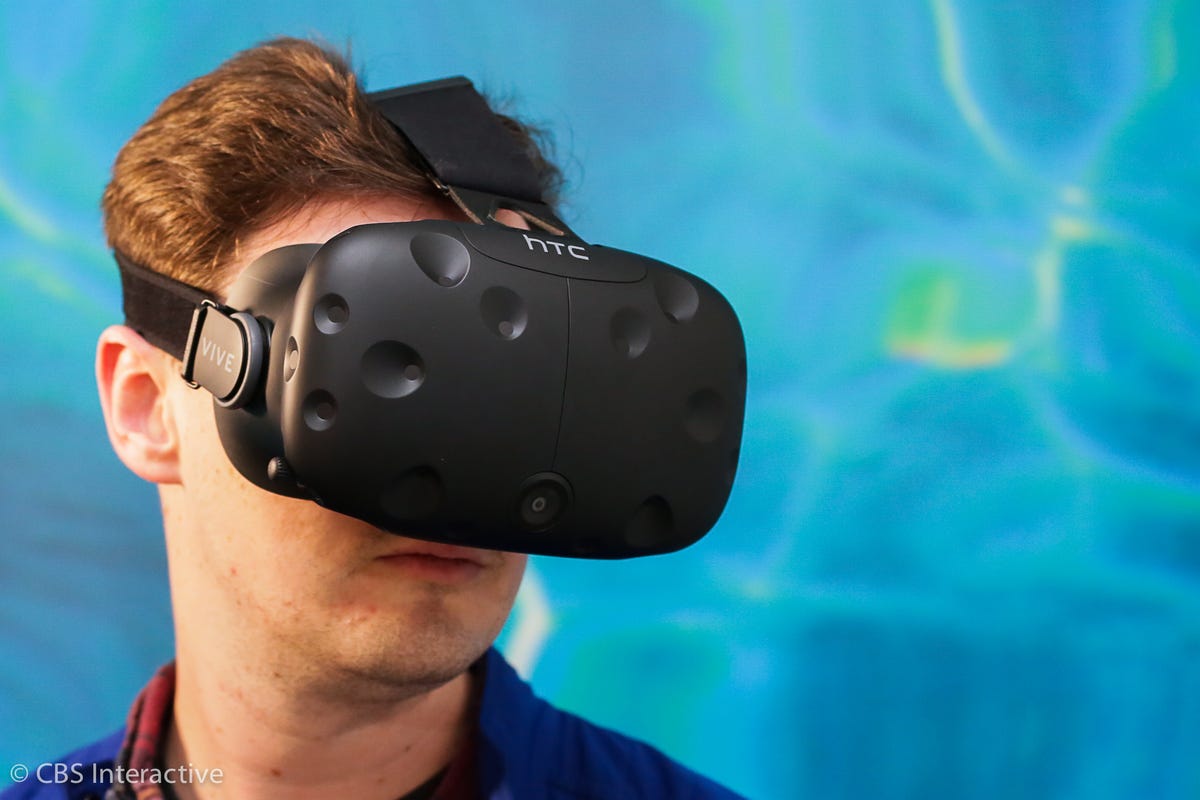

The HTC Vive at Mobile World Congress 2016.
Josh Miller/CNET
Release date: April 2016
The Vive is a blend of HTC hardware and Valve technology, an unlikely partnership that has produced one of the most exciting virtual-reality demonstrations yet. Arriving on April 5 for $799, £689 and around AU$1,200, the Vive uses a pair of base stations and controllers to track your position in a room while you move.
It won’t be the only Valve-powered VR headset, but models from different partners have yet to appear.
Read our hands-on first take on the HTC Vive.
Oculus Rift
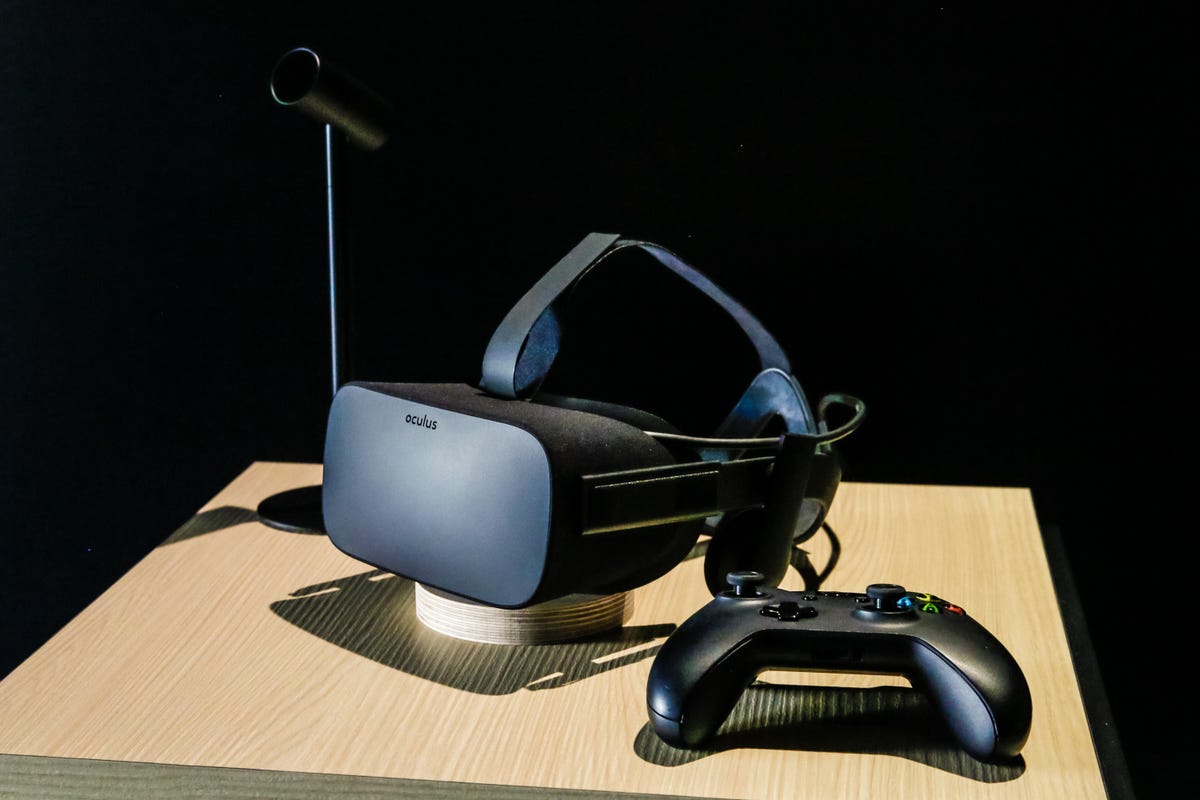

James Martin/CNET
Release date: March 2016
Oculus’ vision of virtual reality has been in the works for years and is arguably the best-known example of what VR technology can do. The final version of the Oculus Rift is available to preorder right now and costs $599, £499 or AU$649.
Oculus will also work with Microsoft’s Xbox One console. The Rift will ship with an Xbox One controller and a camera that’ll track your body’s movements. You’ll be able to stream Xbox One games to a Rift as long as it’s connected to a PC running Windows 10. Oculus has also developed a pair of touch controllers, dubbed Oculus Touch, that offer a more tactile approach to gaming in virtual worlds.
Here’s our first look at the Oculus Rift.
Sony PlayStation VR
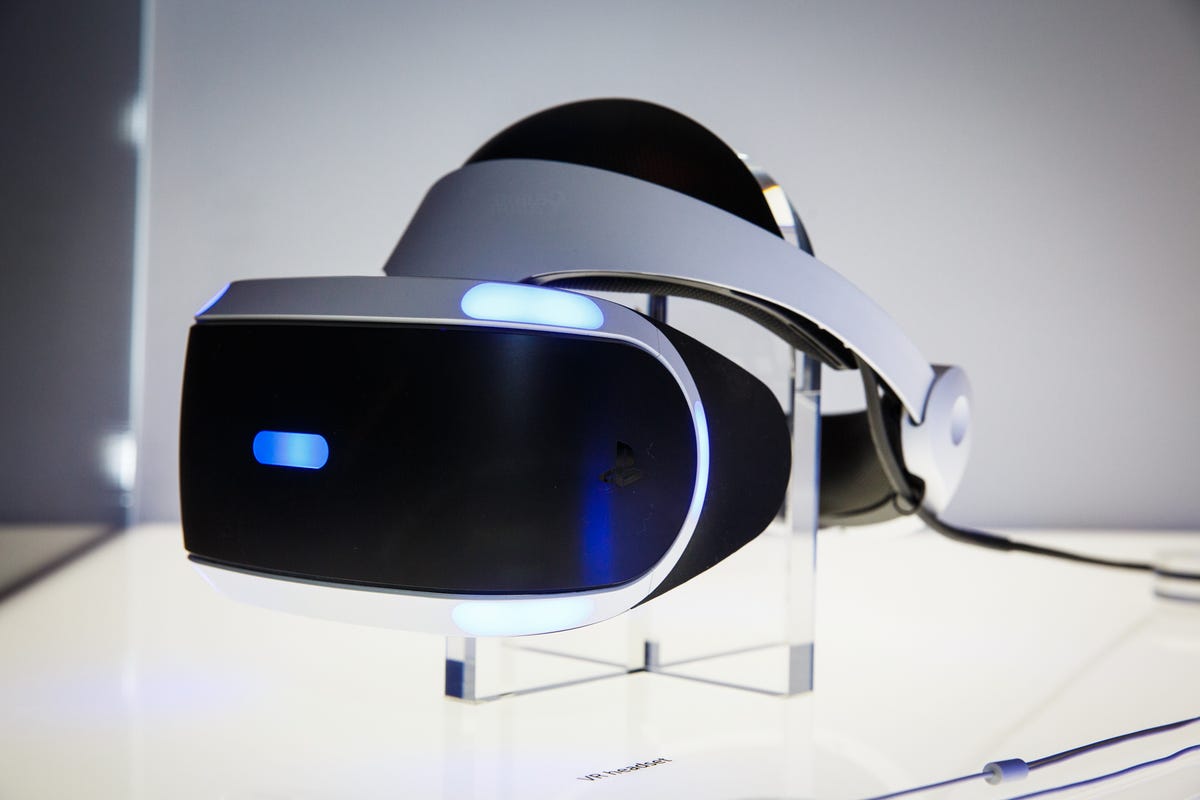

Josh Miller/CNET
Release date: October 2016
Sony’s foray into virtual reality comes in the form of a slick headset with a 5.7-inch OLED display and a 1,920×1,080-pixel resolution. Originally known as Project Morpheus, the PlayStation VR connects to Sony’s PlayStation 4. Move controllers and the PlayStation Camera control the action, though you can also use the console’s DualShock 4 controller for some games.
We’ve had a few opportunities to take the PSVR for a test drive and are generally impressed with what we’ve seen. It’ll land in October for $399, £349 or AU$550, but you’ll need to buy the Camera and Move controllers separately.
Here’s what we thought of the PlayStation VR in our hands-on.
Samsung Gear VR
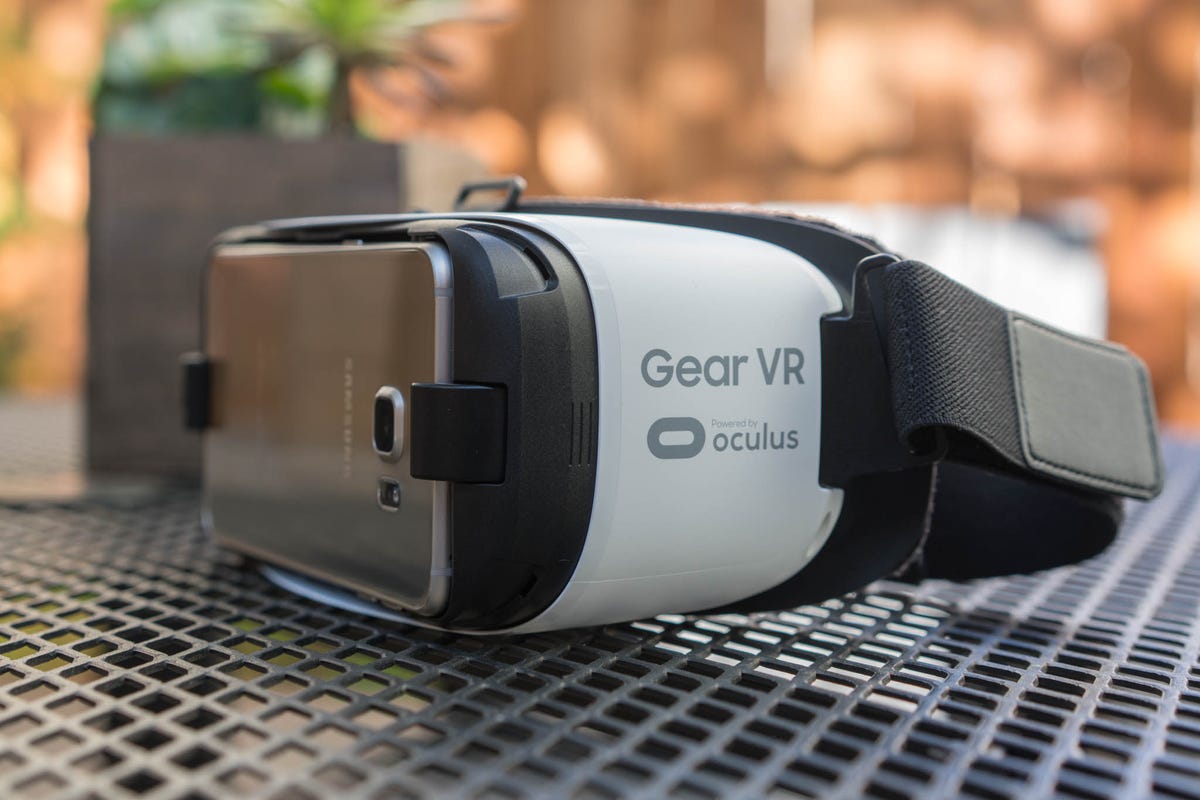

Nate Ralph/CNET
Available now
If you want to experience virtual reality sooner rather than later, you’ll be interested in the Samsung Gear VR. The only catch? This headset, which costs $99, £80 or AU$159, is limited to folks who own a newer Samsung phone. It’ll work with the Galaxy S7, S7 Edge, S6 and S6 Edge, and also the larger Note 5 and S6 Edge+.
A clever sliding mechanism keeps the phone snug in the headset, no matter its size. And the content comes from your phone, so there’s nothing to plug into a PC or game console. Turn your head and a bevy of sensors will let you control the action. You can also pair your phone with a Bluetooth game pad for something that comes close to a traditional gaming experience.
Read our full review of the Samsung Gear VR.
LG 360 VR
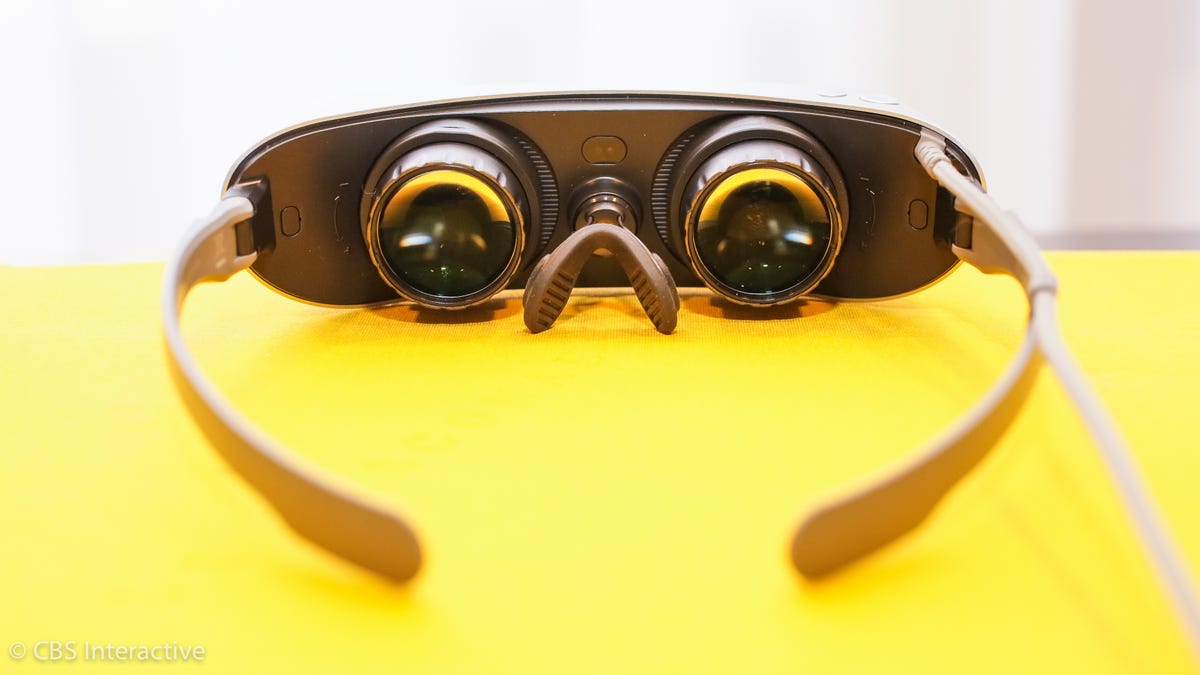

Sarah Tew/CNET
Release date: April 2016
Like the Samsung Gear VR, LG’s 360 VR headset works with your phone to give you a limited but fun experience. You won’t necessarily use this to play games, but to watch video or interact with apps. Right now it’s designed to work exclusively with the new LG G5, but it’ll soon be compatible with other phones with a USB Type-C connection. LG hasn’t yet said how much it will cost, but it’s likely to be similar to the Gear VR.
Check out our hands-on first take of the LG 360 VR.
Google Cardboard
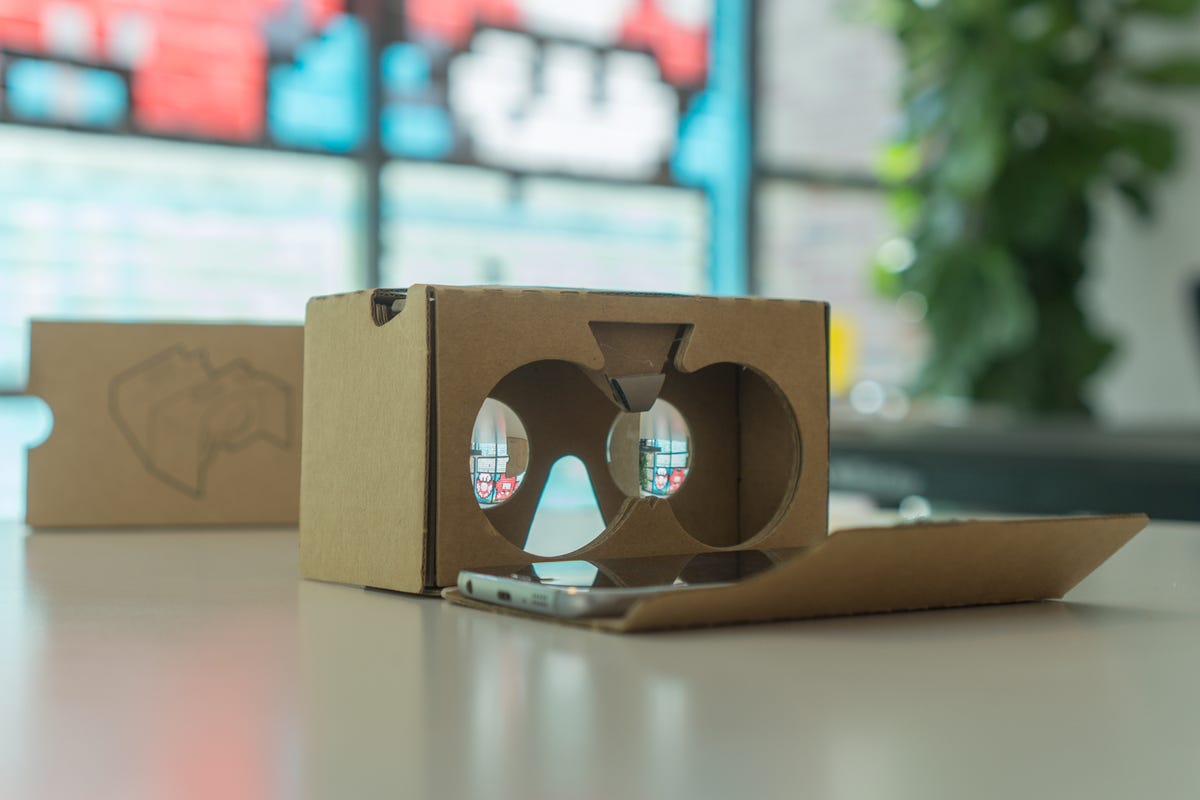

Nate Ralph/CNET
Available now
Samsung’s Gear VR brings virtual reality to mobile, but Google Cardboard brings mobile virtual reality to the masses. It’s not the most impressive piece of hardware, as it’s made entirely out of cardboard. But cobble it together from a smartphone and a pizza box (no, seriously) and you’ve got a tantalizing taste of what the technology has to offer.
Read our review of the Google Cardboard.
Microsoft HoloLens
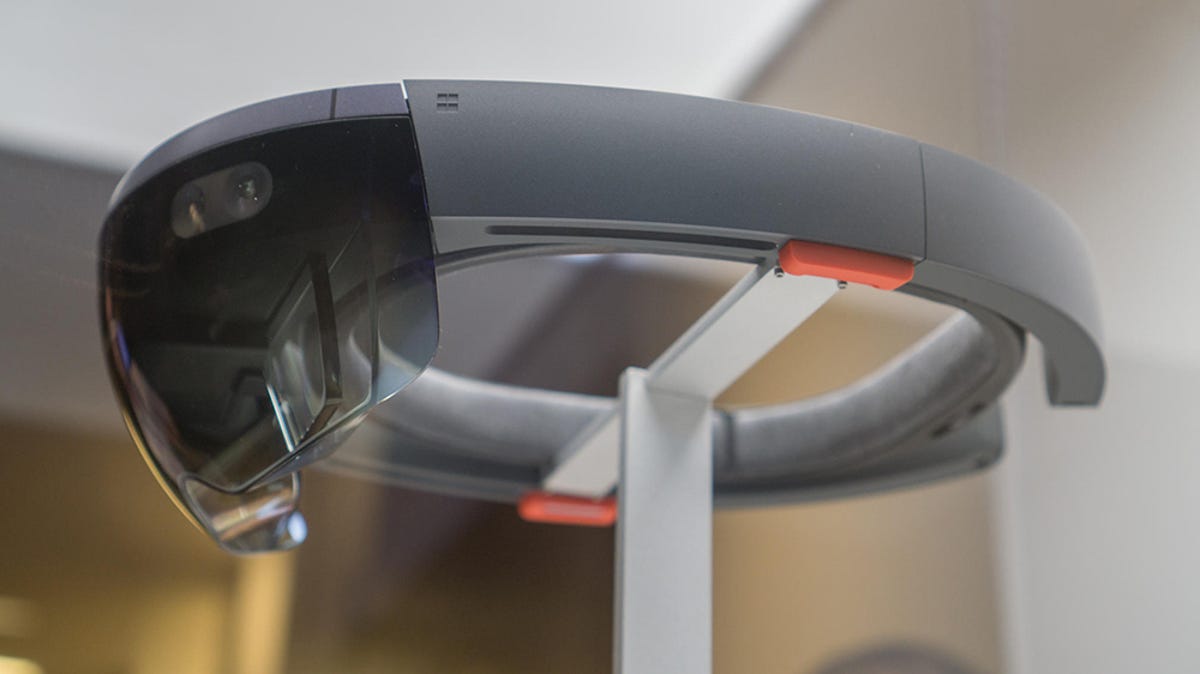

Nate Ralph/CNET
Release date: Unknown (for the consumer version)
Microsoft’s HoloLens is something different entirely. It’s an augmented-reality device, and it essentially superimposes text, images and objects onto your field of vision. This could mean having a Skype conversation that hovers a few feet over your head, strolling the surface of Mars in your living room or blowing up said living room to ward off a lilliputian zombie horde. At the moment it’s strictly for developers. Kits are available on an invite-only basis in the US and Canada, but you’ll have to pony up $3,000 for the chance to develop for the HoloLens. The developer kit will arrive in March of this year.
Here’s our hands-on first take on the Microsoft HoloLens.
Magic Leap
Release date: Unknown
And then there’s Magic Leap. This secretive, Florida-based company has promised an augmented-reality experience that’ll rival Microsoft’s HoloLens, and has financial backing to the tune of $542 million from companies such as Google, Qualcomm and Legendary Entertainment. The video above is purportedly a look at the hardware in action, and it doesn’t fail to impress.



